Richard England: Malta Needs To Look At The Past To Learn From It
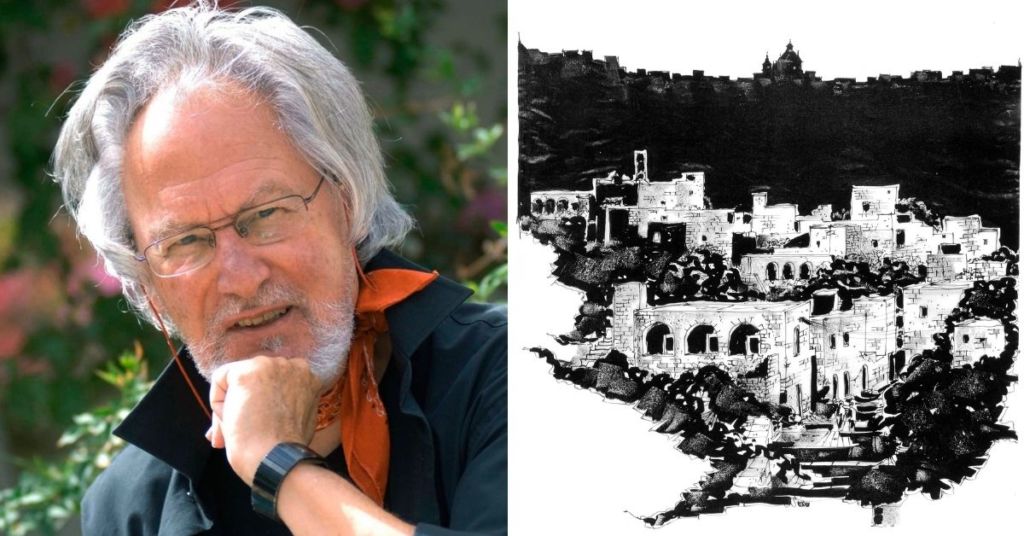
All illustrations by author
It is a truism that the narratives of the past are pregnant with possibilities for the future. We study the past not only to understand where we come from and where we are today, but more so to pave the way to where we are going.
The Maltese islands are today experiencing a period of tragic loss of aesthetic values and also more regretfully a decline in moral ones.
We have polluted the air we breathe, contaminated the seas and our exiguous countryside open spaces are being eradicated and replaced by the avaricious tentacles of a rampant construction industry.
As the mine-field of the edifices of mammon continue to detonate our once ‘din l-art ħelwa’, is being transformed into an uncontrolled ever increasing development area.
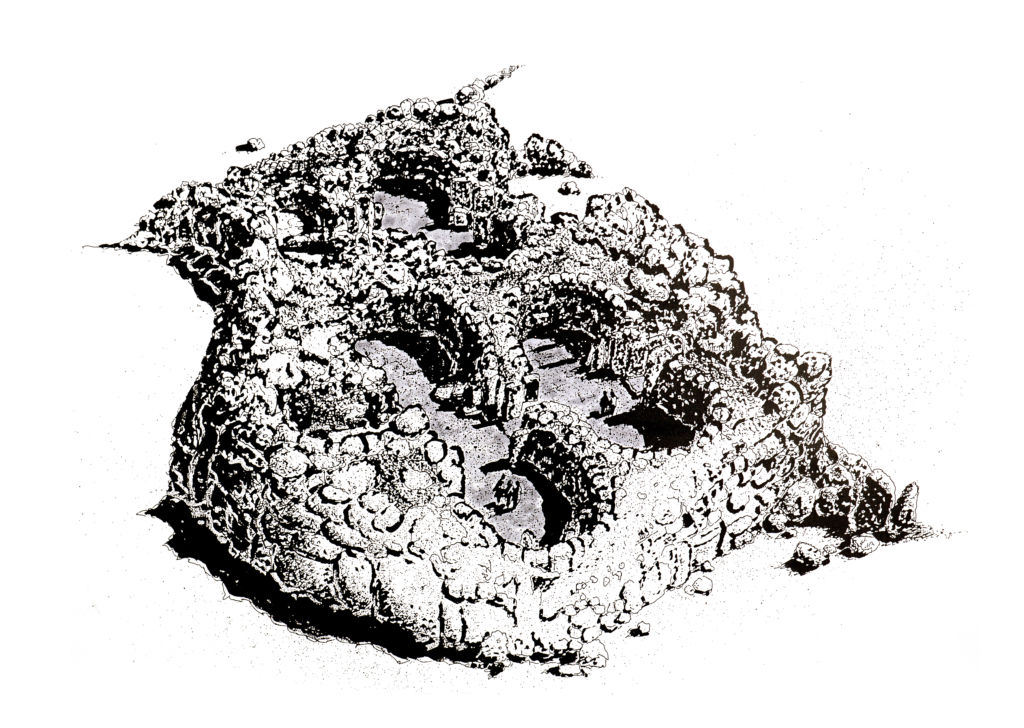
‘Looking at the past to learn from it is wise’ – Cardinal Francois-Xavier Nguyen Van Thuan
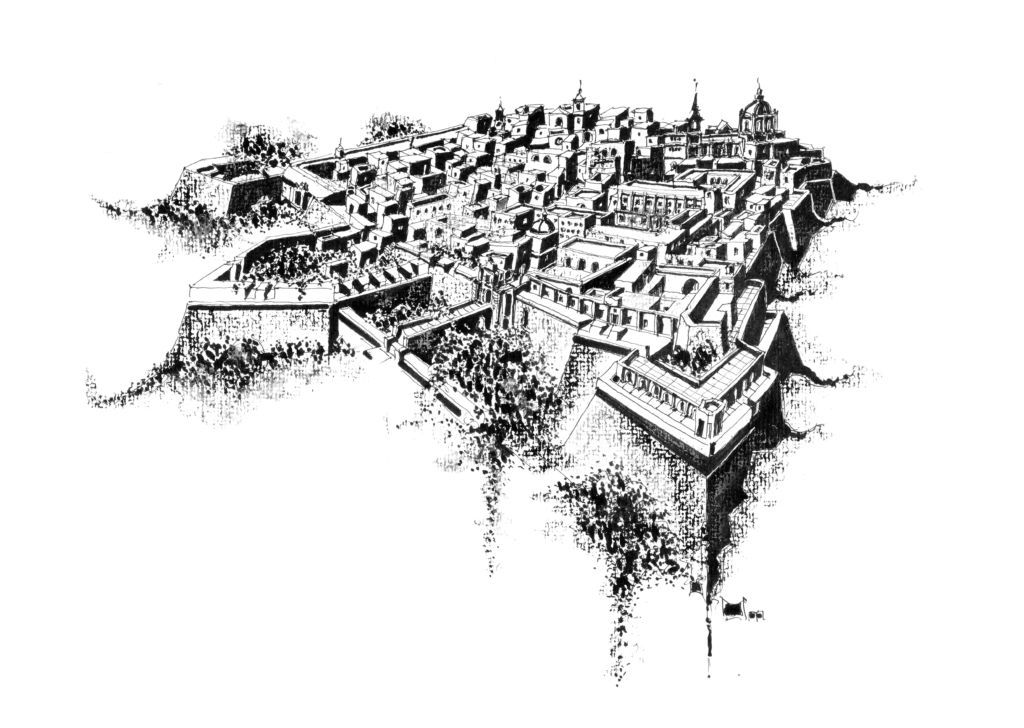
In view of this it is time to look back, revalue and learn from the rich architectural heritage left to us by our more sapient forefathers. By focusing and studying this inherited legacy we can derive paradigm lessons as to how to utilise this heirloom to orchestrate a better future.
Few lands of the minuscule size of our island’s archipelago can boast of an architectural heritage as rich as ours.
The unique Neolithic edifices, the opulent overlay of citadels, towns, palaces and churches constructed during the period of the Knights of the Order of St John, and the later more modest British contributions all mantled the islands with a built heritage of unique stature.
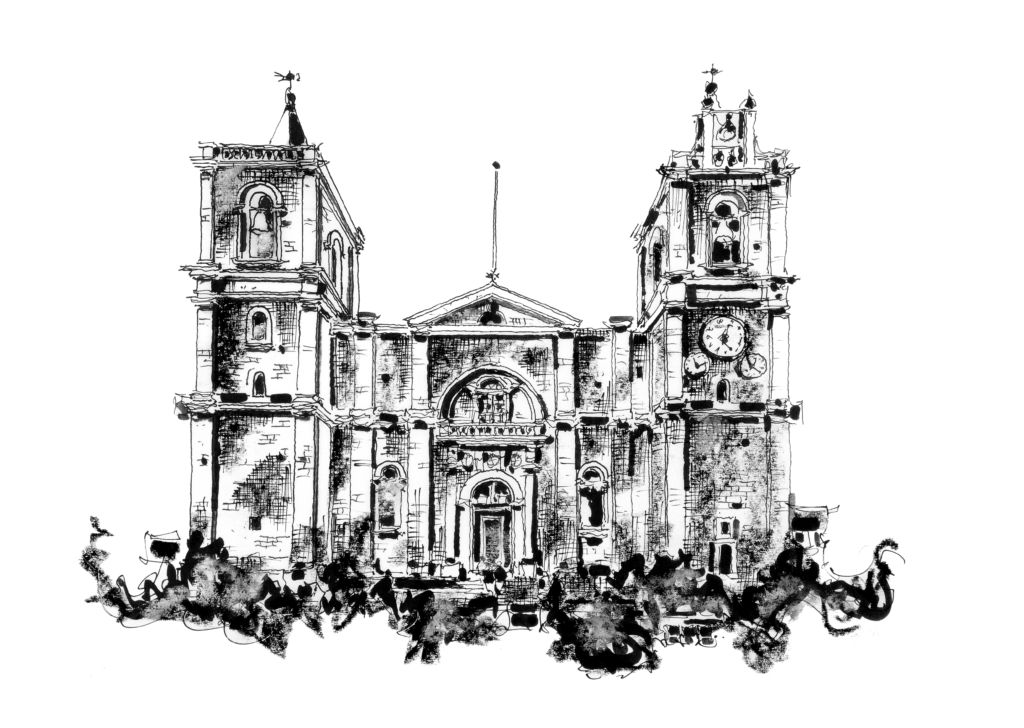
From the pre-pyramid Neolithic builders, a people for whom the land had more meaning, we can learn again to value nature, to thread gently on the planet and master once more environmental governance and stewardship.
From the architects, master masons and enlightened patrons of the period of the Knights we have paradigm lessons of townscapes, baroque palaces and an intelligent utilisation of the islands’ minimal masonry resources, all providing pedagogical tools to script more palatable and user-friendly contemporary ambiences.
The non-architect typologies of our vernacular edifices also furnish us with valuable lessons; adhesion to site and context, imaginative use of the islands’ limestone and a penchant for climate control and sustainability, all of which provide us with a tutelage which if updated can provide valid solutions for today’s edifices.

Let not the vanity of veracious human greed and the ravenous appetite for monetary gain further destroy our land.
The last decades have witnessed the calamitous effect of open land being covered by new constructions and a new-born appetite for skyline despoiler high-risers with no relationships to context, infrastructural necessities or vehicular access.
Local construction is literally in shambles, and it is therefore not surprising that people have fallen out of love with the industry, it’s developers and their unscrupulous methodologies.
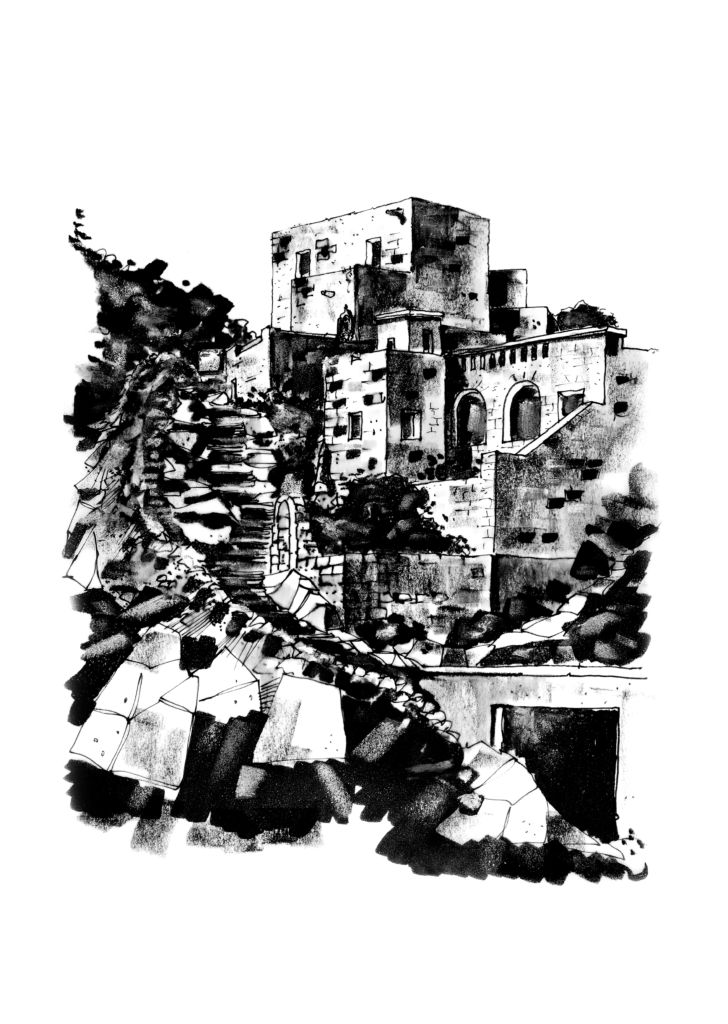
These greedy speculators are regretfully aided by their political acolytes and a Planning Authority, all too easily acquiescent to their gluttonous demands.
Perhaps by delving back into the clepsydras of time to learn from the wisdom-laden repositories of the past, we may be able to salvage the little of what is left of the islands’ genius loci.
Developers’ architects should remember that they must perform not only as designers of the future, but also as defenders and guardians of the past.
It is worth reminding them that they are the creators of environmental and ambience stage sets on which their future occupants will enact the drama of their lives, for the geography of space strongly influences the geography of the mind. We shape our buildings and thereafter they shape us.
The patrimony left to us by our ancestral forefathers was that of an architecture of ambiences which married poetry to the pragmatic.
Let us learn from this inspired inheritance and attempt to create environments which enrich the spirit and arouse ecstasies of reverie.
New buildings must respect the voices of the site, learn from the mnemonic baggage of the past yet also adhere to the zeitgeist of today. These are paramount lessons which need to be learnt and applied without delay, for time is short and the damage keeps escalating.
“To provide meaningful architecture is not to parody the past, but to articulate it” – Daniel Libeskind
Lovin Malta is open to external contributions that are well written and thought-provoking. If you would like your commentary to be featured as a guest post, please write to [email protected], add Guest Post in the subject line and attach a profile photo for us to use near your byline. Contributions are subject to editing and do not necessarily represent Lovin Malta’s views.
